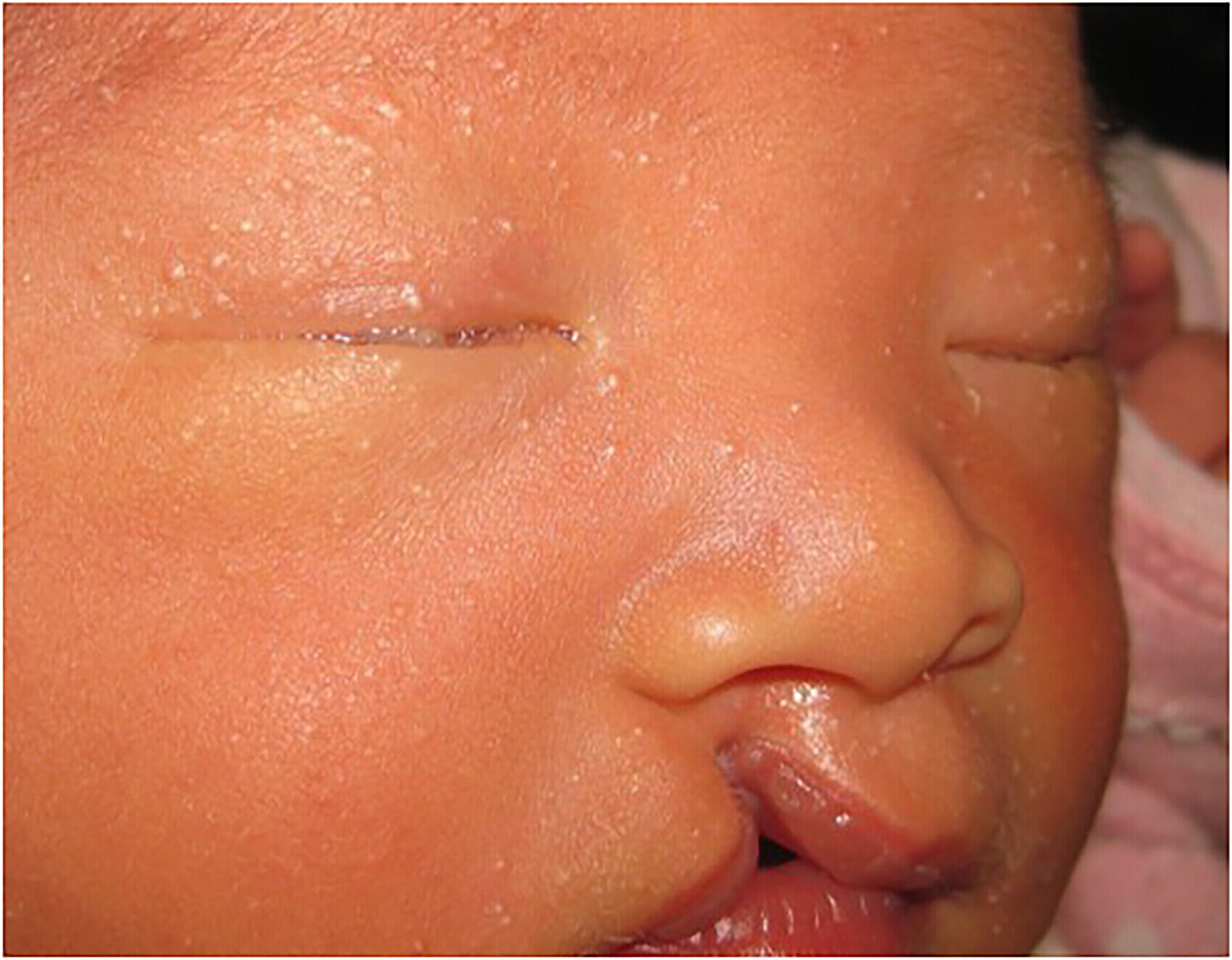
Ankyloblepharon Ectodermal Defects Cleft Lip Palate (AEC) syndrome is a rare genetic disorder that affects multiple parts of the body. Characterized by fused eyelids (ankyloblepharon), skin abnormalities, and cleft lip/palate, this condition presents unique challenges. Caused by mutations in the TP63 gene, AEC syndrome impacts the development of ectodermal tissues, which include skin, hair, nails, and teeth. Symptoms can vary widely, even among family members. Early diagnosis and multidisciplinary care are crucial for managing this complex condition. Understanding AEC syndrome can help families and healthcare providers offer better support and treatment options. Let's explore 20 essential facts about this intriguing disorder to shed light on its various aspects.
Understanding Ankyloblepharon Ectodermal Defects Cleft Lip Palate Syndrome
Ankyloblepharon Ectodermal Defects Cleft Lip Palate (AEC) syndrome is a rare genetic disorder. It affects various parts of the body, including the skin, hair, nails, teeth, and certain facial features. Let's dive into some intriguing facts about this condition.
-
AEC syndrome is also known as Hay-Wells syndrome. Named after the doctors who first described it, Philip Hay and Robert Wells, this condition is part of a group of disorders called ectodermal dysplasias.
-
The syndrome is caused by mutations in the TP63 gene. This gene plays a crucial role in the development of tissues and organs, particularly those derived from the ectoderm.
-
Ankyloblepharon refers to the partial or complete fusion of the eyelids. This can cause vision problems and may require surgical intervention to correct.
-
Ectodermal defects include abnormalities in the skin, hair, nails, and teeth. People with AEC syndrome often have sparse hair, brittle nails, and dental issues.
-
Cleft lip and palate are common features of AEC syndrome. These occur when the tissues of the lip and/or palate do not fuse properly during fetal development, leading to gaps or openings.
Symptoms and Diagnosis
Recognizing the symptoms and understanding the diagnostic process is essential for managing AEC syndrome effectively.
-
Skin erosions are a hallmark of AEC syndrome. These painful sores can appear on the scalp, face, and other parts of the body, often leading to scarring.
-
Chronic scalp infections are common. Due to the skin erosions, individuals with AEC syndrome are prone to recurrent infections on the scalp.
-
Nail abnormalities can include ridges, splitting, and slow growth. These issues can make nails more susceptible to damage and infection.
-
Dental anomalies often involve missing or malformed teeth. This can affect chewing, speech, and overall oral health.
-
Hearing loss may occur in some individuals. This can be due to structural abnormalities in the ear or recurrent ear infections.
Treatment and Management
Managing AEC syndrome involves addressing the various symptoms and complications associated with the condition.
-
Surgical correction of cleft lip and palate is often necessary. Multiple surgeries may be required to achieve the best functional and cosmetic outcomes.
-
Regular dental care is crucial. This includes routine check-ups, preventive care, and treatments to address dental anomalies.
-
Skin care involves managing erosions and preventing infections. This may include the use of topical medications, dressings, and antibiotics.
-
Hearing aids or other assistive devices can help manage hearing loss. Early intervention is important to support language development and communication skills.
-
Genetic counseling is recommended for affected families. This can provide information about the inheritance pattern, risks for future pregnancies, and available testing options.
Living with AEC Syndrome
Living with AEC syndrome presents unique challenges, but with proper care and support, individuals can lead fulfilling lives.
-
Support groups and resources can provide valuable assistance. Connecting with others who have similar experiences can offer emotional support and practical advice.
-
Educational accommodations may be necessary. Children with AEC syndrome might need special education services or modifications to support their learning.
-
Regular follow-up with a multidisciplinary team is important. This team may include dermatologists, dentists, surgeons, audiologists, and other specialists.
-
Psychological support can help address emotional and social challenges. Counseling or therapy can be beneficial for individuals and their families.
-
Research is ongoing to better understand and treat AEC syndrome. Advances in genetics and medicine continue to improve the outlook for those affected by this rare condition.
Final Thoughts on Ankyloblepharon Ectodermal Defects Cleft Lip Palate
Understanding Ankyloblepharon Ectodermal Defects Cleft Lip Palate (AEC) sheds light on a rare yet impactful condition. AEC affects multiple parts of the body, including the eyes, skin, and mouth. Knowing the symptoms, like fused eyelids and cleft lip, helps in early diagnosis and treatment. Genetic mutations, particularly in the TP63 gene, play a significant role in this disorder. Treatments often involve a multidisciplinary approach, including surgeries and therapies to manage symptoms and improve quality of life. Awareness and research are crucial for better management and support for those affected. By spreading knowledge, we can foster a more inclusive and understanding environment for individuals with AEC.
Was this page helpful?
Our commitment to delivering trustworthy and engaging content is at the heart of what we do. Each fact on our site is contributed by real users like you, bringing a wealth of diverse insights and information. To ensure the highest standards of accuracy and reliability, our dedicated editors meticulously review each submission. This process guarantees that the facts we share are not only fascinating but also credible. Trust in our commitment to quality and authenticity as you explore and learn with us.


